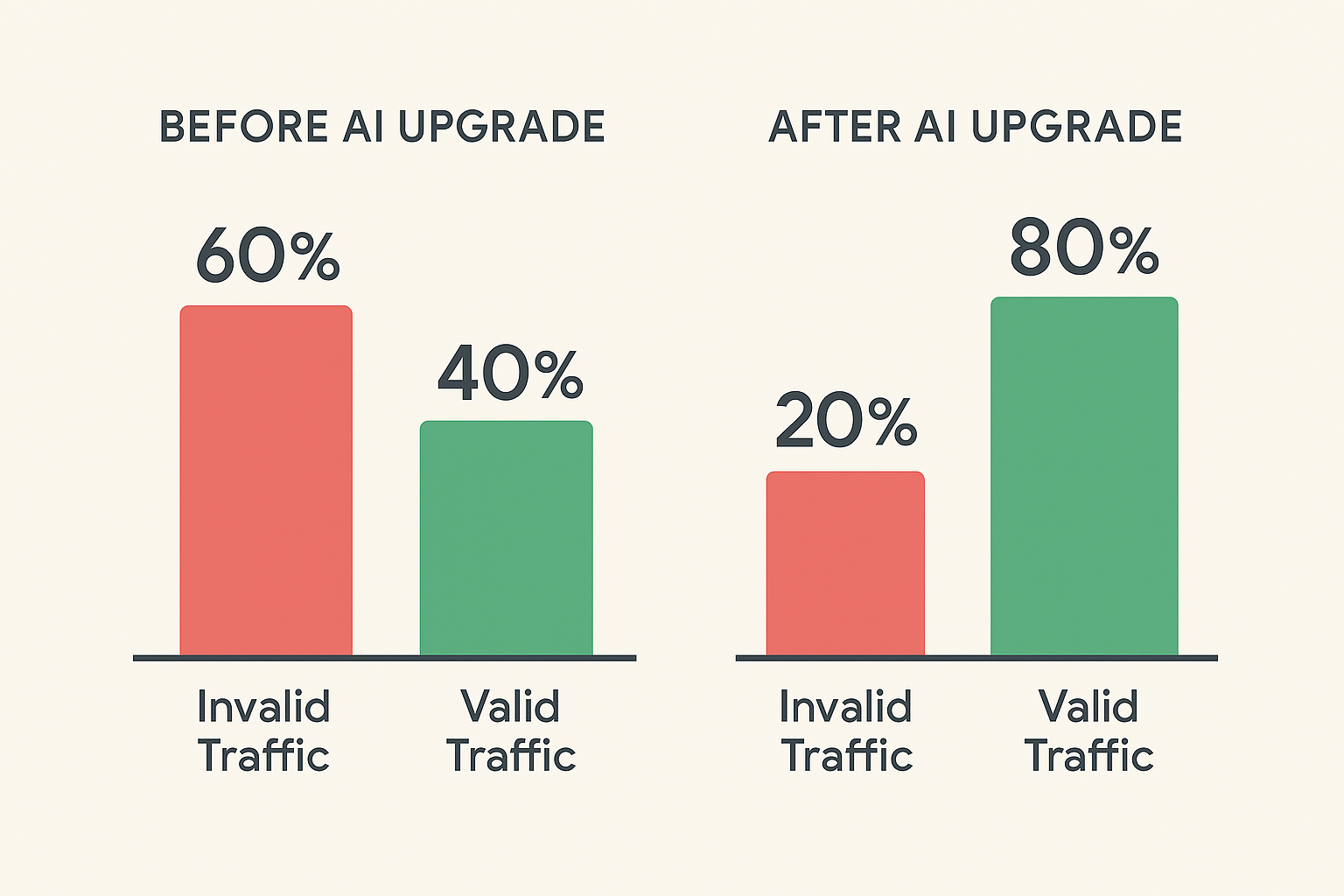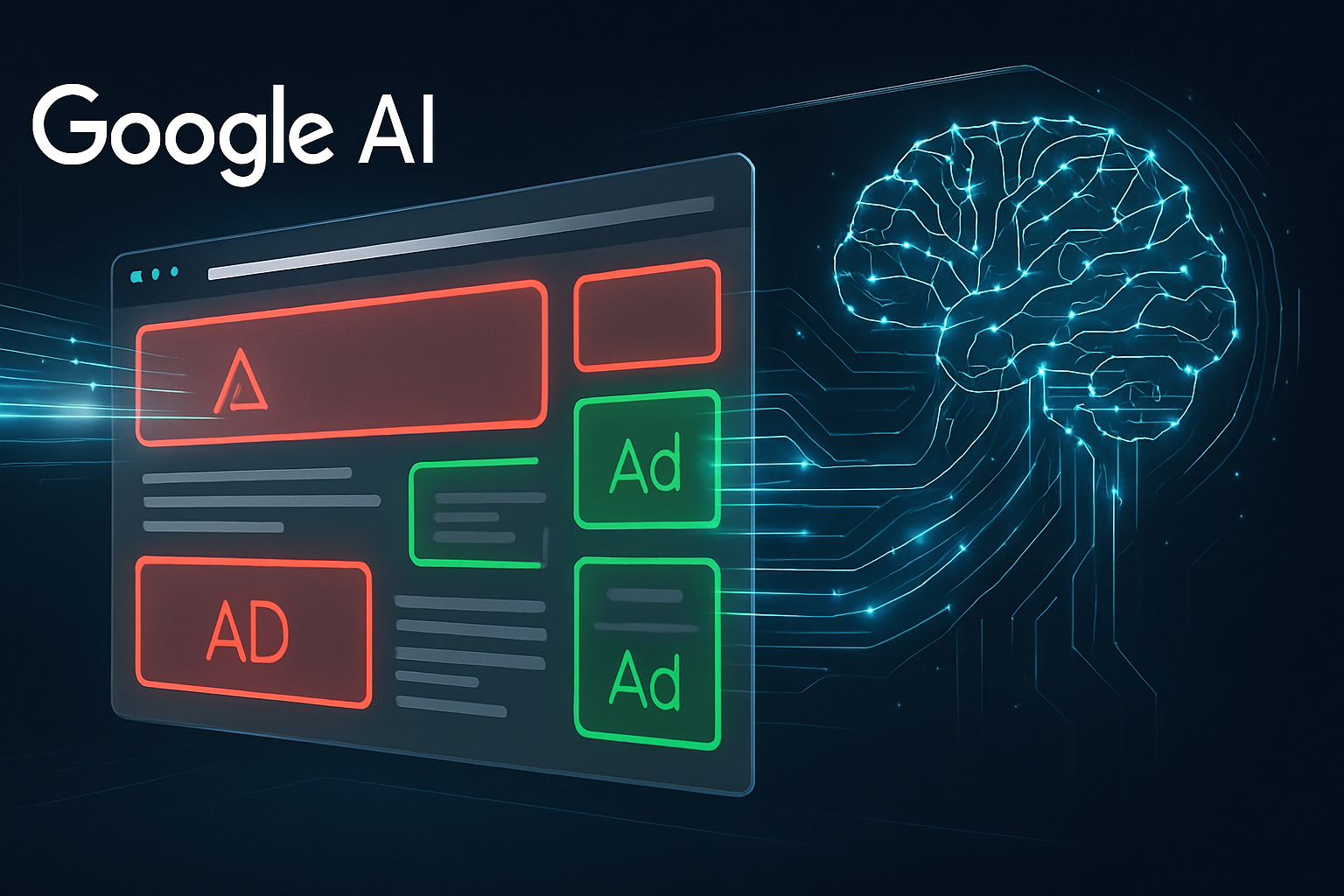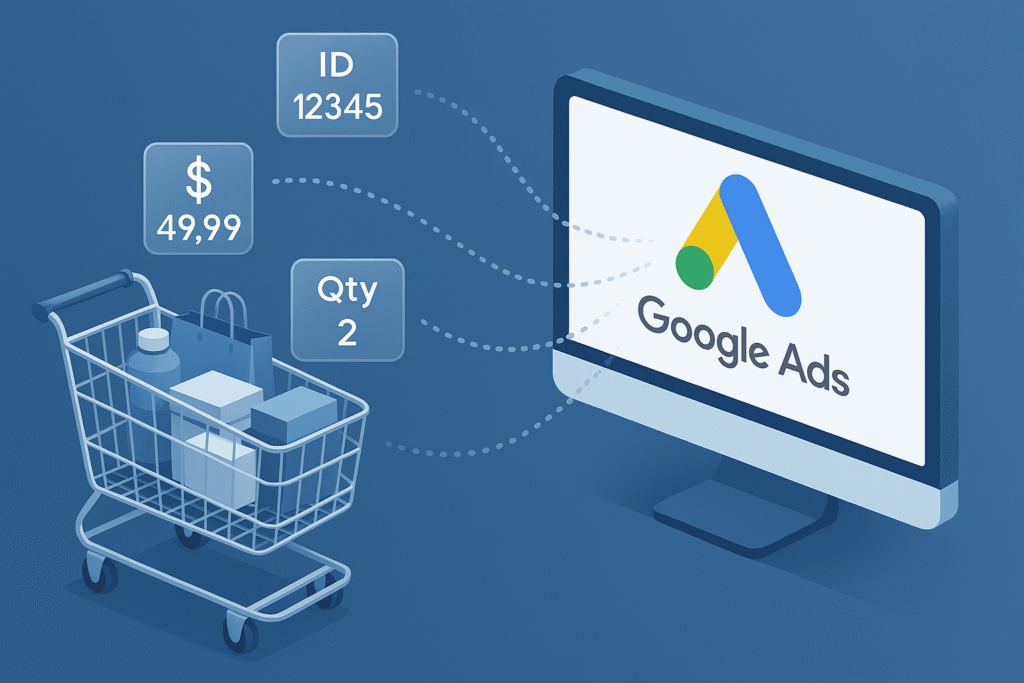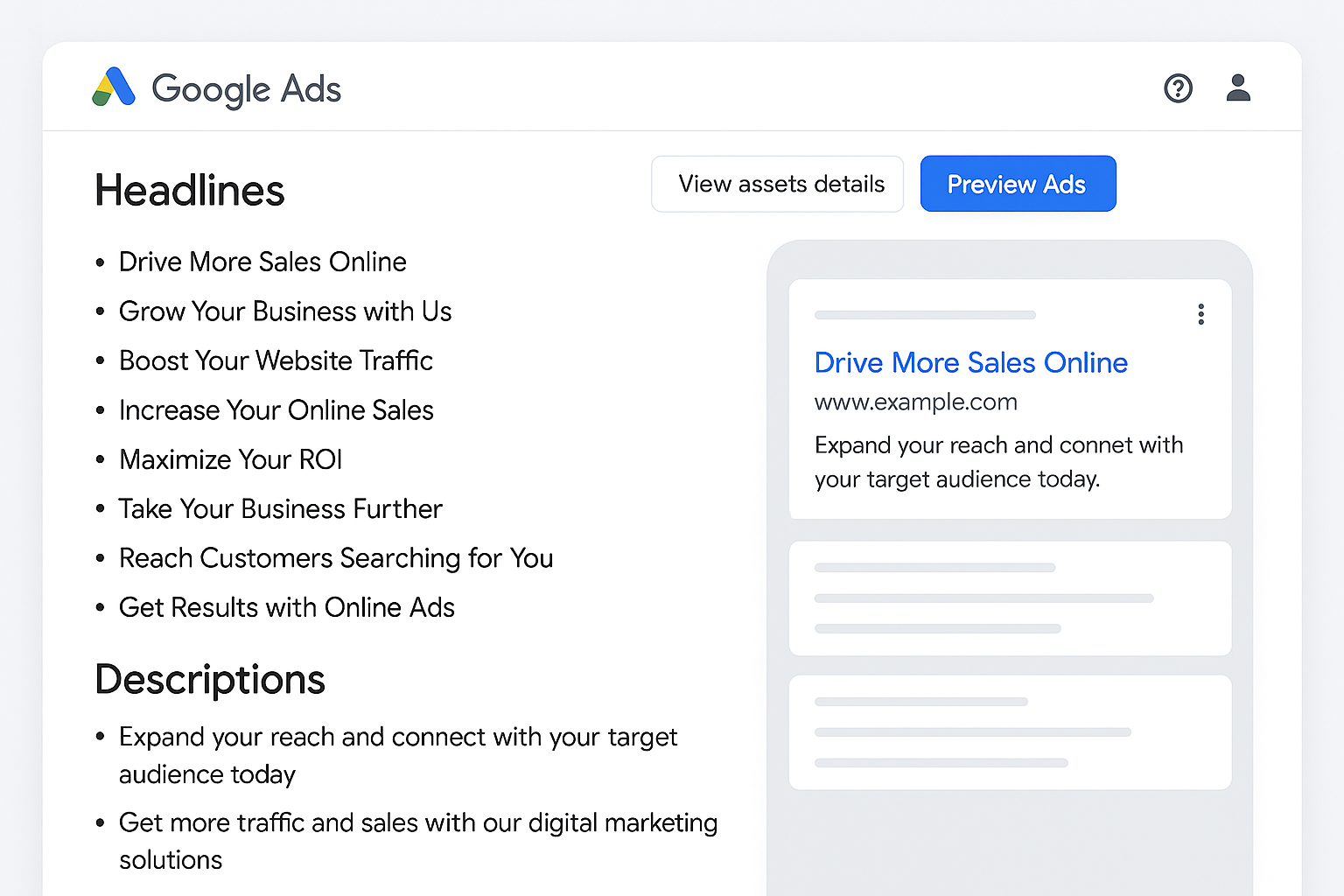Google New AI Tools Slash Fake Ad Activity to protect advertisers from wasted spending and misleading results. The tech giant recently announced that its latest artificial intelligence upgrade has helped cut invalid ad traffic by 40 percent. This is part of its ongoing effort to keep ads relevant, fair, and beneficial for both businesses and users.
Understanding the Problem: What is Invalid Ad Traffic?
Invalid ad traffic refers to clicks or impressions on ads that do not come from real people who are genuinely interested in the product or service. It can occur in different ways:
- Accidental clicks: When users unintentionally click an ad while navigating a site.
- Bot activity: Automated programs that mimic human behavior to generate clicks.
- Fraudulent schemes: Setups designed to artificially increase ad costs or revenue without delivering any real value.
For advertisers, this fake ad activity can be a major problem. It wastes marketing budgets and makes campaign reports less reliable, making it harder to see which strategies are working. Find out what it means for advertisers now that Google Ads ends $0.01 conversion value tracking.
How Google New AI Tools Slash Fake Ad Activity Upgrade Works
The latest improvement comes from a collaboration between Google’s Ad Traffic Quality team, Google Research, and DeepMind. By using advanced large language models, the system can:
- Review the content of websites and apps where ads are shown.
- Check how ads are placed on pages to see if they follow guidelines.
- Analyze user behavior to detect unusual or suspicious patterns.
This AI-powered approach helps Google identify invalid traffic faster than before. It can quickly act against ads or placements that break rules, reducing the amount of misleading clicks and impressions.
A 40% Drop in Problematic Activity
Google reports that since the upgrade, there has been a 40 percent decrease in invalid traffic linked to misleading or intrusive ad setups. These are often cases where ads are placed in a way that tricks people into clicking them or interrupts their browsing experience.

By targeting these tactics, the system has made ad reports cleaner and more trustworthy. Advertisers can now get a more accurate picture of how well their campaigns are performing.
Old Safeguards Still in Place
While the new AI technology is a major leap forward, Google has made it clear that this update does not replace its older systems. The company continues to use:
- Automated filters: Tools that block invalid traffic before it reaches advertisers.
- Human reviews: Teams that manually check questionable ad activity.
- Refunds and credits: If invalid traffic is detected after an ad runs, advertisers are compensated.
This multi-layered defense means advertisers are protected from different types of threats, whether they come from human error or deliberate fraud. Stay ahead of PPC changes by exploring the latest Google Ads API v21 features and updates.
Why This Matters for Advertisers and Users
For advertisers, fewer invalid clicks means:
- Less wasted money.
- More accurate data to measure performance.
- Confidence that ads are reaching the right audience.
For users, it means a cleaner browsing experience with fewer intrusive ads that disrupt content or try to mislead.
Google describes this upgrade as part of its ongoing mission to maintain a fair and transparent advertising ecosystem. The company says it will continue refining its systems to stay ahead of fraudsters who try to find new ways to exploit online ads.
Looking Ahead: The Future of Ad Safety
Digital advertising is a constantly evolving space. As long as money flows through online ads, there will be attempts to game the system. But Google’s latest AI boost shows that technology can play a huge role in keeping things fair. Learn how to amplify reach by turning your content into ads with existing posts as ads on Facebook and Instagram.
By combining artificial intelligence, human oversight, and years of ad quality experience, Google New AI Tools Slash Fake Ad Activity aims to protect everyone involved, from the businesses that pay for ads to the users who see them.
Bottom Line: With a 40 percent drop in invalid traffic, advertisers can breathe a little easier knowing their campaigns are safer and their results more reliable. Google’s AI upgrade is a reminder that while the fight against ad fraud never truly ends, progress is being made.





